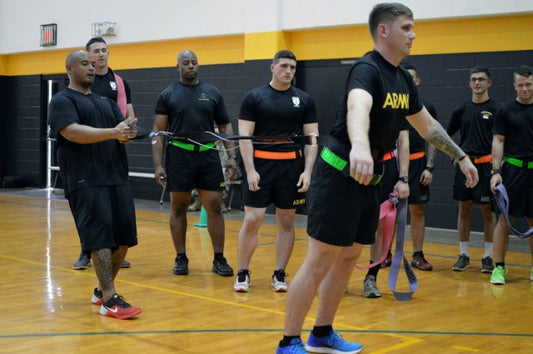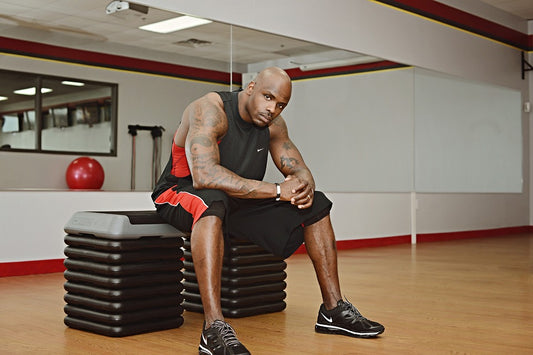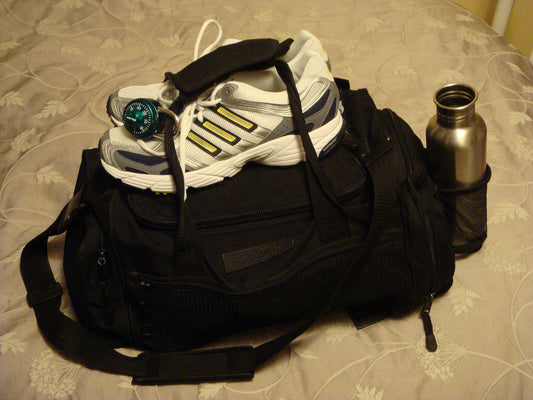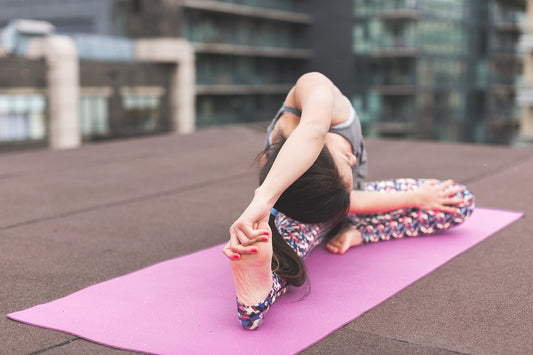CrossFit

Cross Training Exercises - Improving Position &...
Squat therapy, one of the major CrossFit exercises, has the power to enable you comfortably to perform the difficult positions of squat and at the same time enhance your focus...
Cross Training Exercises - Improving Position &...
Squat therapy, one of the major CrossFit exercises, has the power to enable you comfortably to perform the difficult positions of squat and at the same time enhance your focus...

Cross Training Gym - Tips on Maximizing Your At...
As you step into the CrossFit gym, one of the people you are likely to see more of is your coach. This is the professional who will take you through...
Cross Training Gym - Tips on Maximizing Your At...
As you step into the CrossFit gym, one of the people you are likely to see more of is your coach. This is the professional who will take you through...

Top 5 Pieces of Gear Included in Beginners Cros...
When starting your journey in any of the CrossFit Gyms, there are several types of equipment that you must get along the way to enable you swiftly transit into this...
Top 5 Pieces of Gear Included in Beginners Cros...
When starting your journey in any of the CrossFit Gyms, there are several types of equipment that you must get along the way to enable you swiftly transit into this...

Cross Training workout training Tips to Enhance...
Stretching has been a key component of many pre-workout rituals. However, the latest scientific studies have called this practice into question. The studies suggest that the old-fashioned stretching which for...
Cross Training workout training Tips to Enhance...
Stretching has been a key component of many pre-workout rituals. However, the latest scientific studies have called this practice into question. The studies suggest that the old-fashioned stretching which for...

